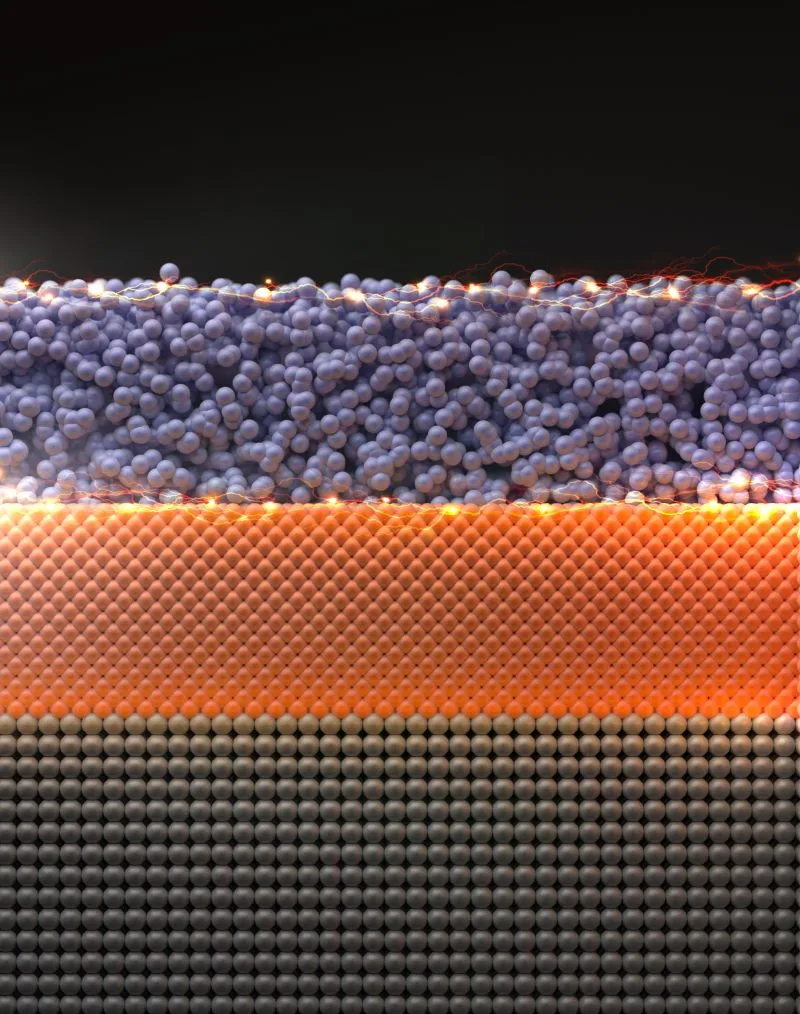Link to the full source article
RSS feed source: National Science Foundation
With multiple grants and research infrastructure provided by the U.S. National Science Foundation, researchers have shown that a newly developed material, niobium phosphide, can conduct electricity better than copper in films that are only a few atoms thick. These films can also be created and deposited at sufficiently low temperatures for compatibility with modern computer chip fabrication — and may help make future electronics more powerful and energy efficient.
So far, the best conductor candidates to outperform copper in nanoelectronics have had only exact crystalline structures, meaning they require very high temperatures to be formed. These new niobium phosphide films are the first examples of noncrystalline materials that become better conductors as they get thinner. The research is led by Standford University and results were published in Science.
“We are breaking a fundamental bottleneck of traditional materials like copper,” says Asir Intisar Khan, a postdoctoral researcher at Stanford University and an author on the research paper. “Our niobium phosphide conductors show that it’s possible to send faster, more efficient signals through ultrathin wires. This could improve the energy efficiency of future chips, and even small gains add up when many chips are used, such as in the massive data centers that store and process information today.”
